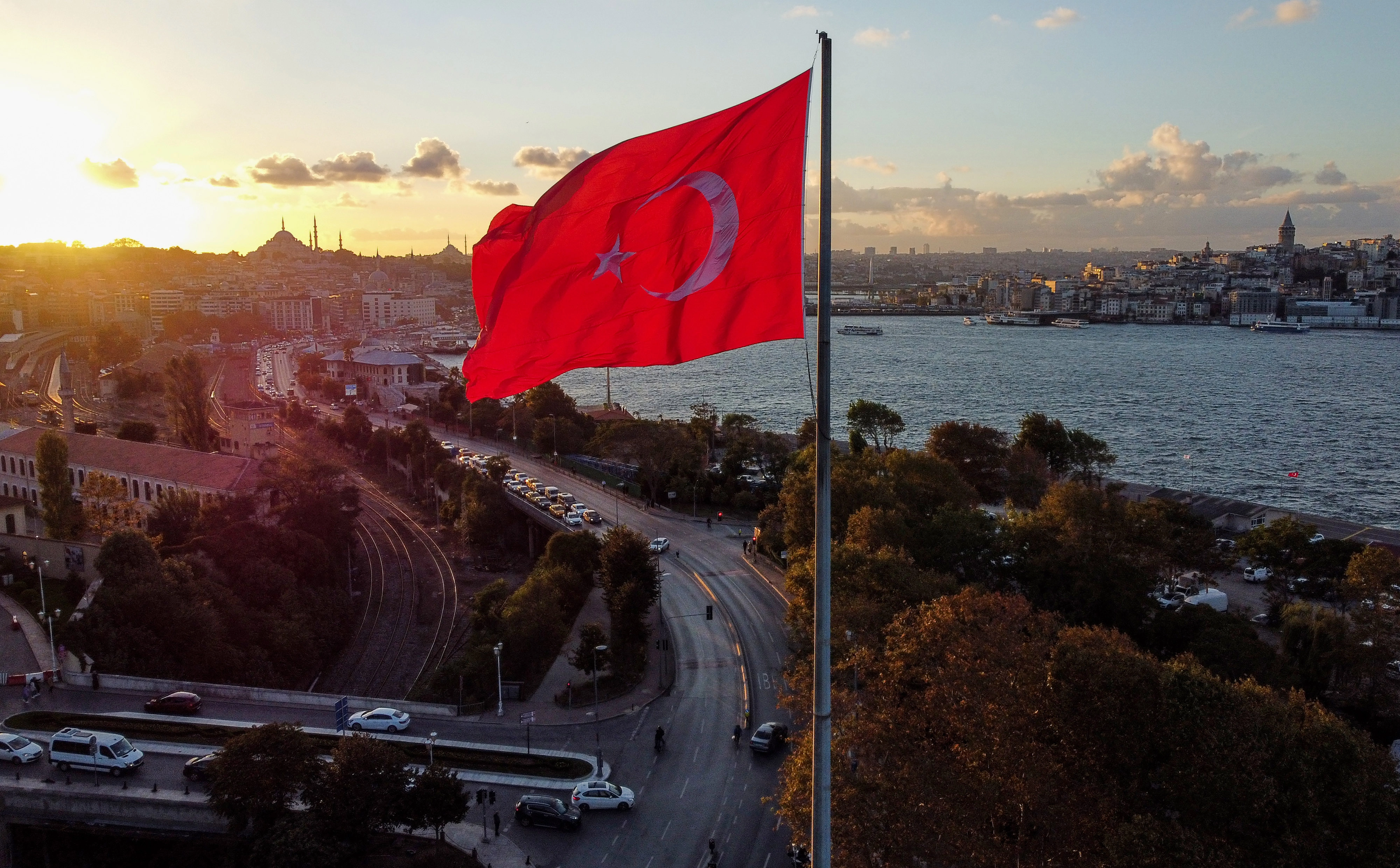A powerful earthquake measuring 6.2 on the Richter scale struck Istanbul, one of Turkey’s most populous cities, sending shockwaves through the region and prompting widespread alarm among residents. The earthquake occurred at a depth of approximately 10 kilometers, which contributed to its intensity felt across various neighborhoods. Buildings shook violently, and many people rushed into the streets in fear, seeking safety away from structures that could potentially collapse. Emergency services were put on high alert, and rescue teams began assessing the damage in the immediate aftermath of the tremor.
Istanbul has long been recognized as a seismically active region, given its location near the North Anatolian Fault, which has a history of producing significant earthquakes. This recent event serves as a stark reminder of the potential risks posed by seismic activity in the area, especially in a city that is home to millions and features a mix of modern and older buildings. Many residents, still shaken from the experience, reported feeling aftershocks, further heightening concerns about structural integrity and safety. The local government and emergency agencies swiftly mobilized to evaluate any damage and ensure the safety of the populace.
As the city recovers from this earthquake, discussions about preparedness and resilience against future seismic events have gained renewed urgency. Experts emphasize the importance of conducting thorough building inspections and implementing stricter construction codes to mitigate risks associated with earthquakes. Public awareness campaigns and educational initiatives are also being encouraged to inform citizens about safety measures and emergency protocols. Istanbul’s unique position as a cultural and economic hub of Turkey makes it imperative for both local authorities and residents to prioritize earthquake readiness, ensuring that the city is better equipped to handle future seismic challenges.




